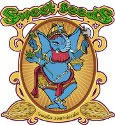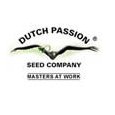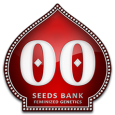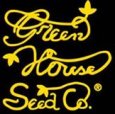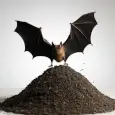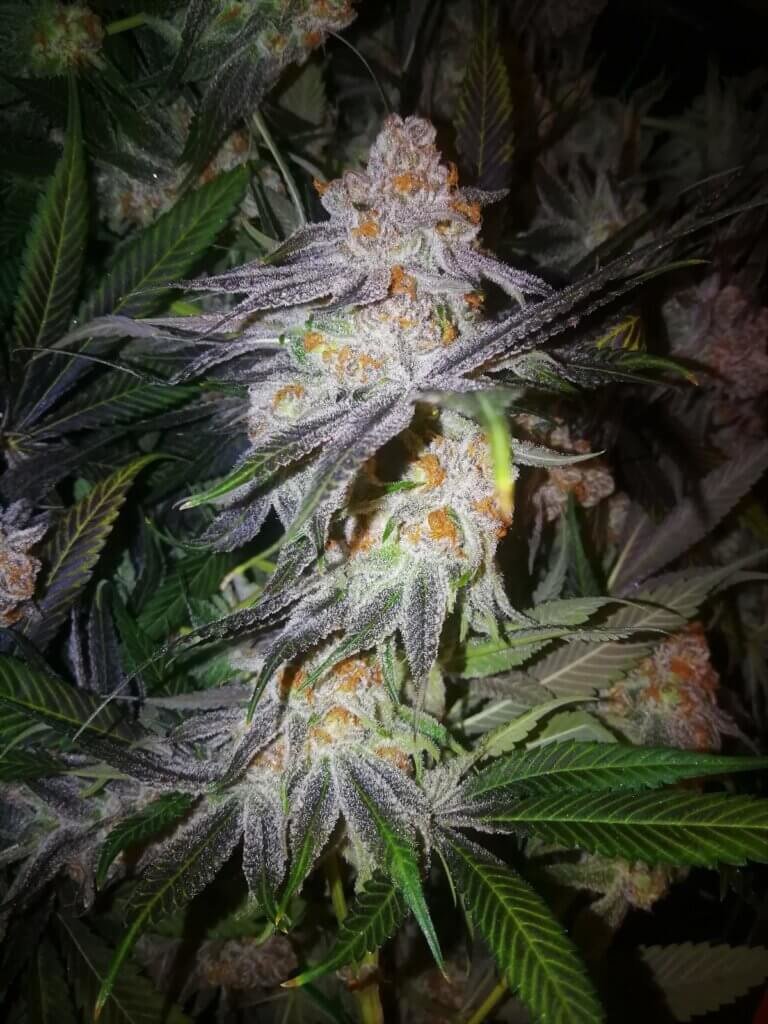History of the White Widow
List of contents
White Widow is a legendary marijuana strain known by the vast majority of stoners. Who hasn't heard of it? Who has not tasted the White Widow or some cross of the White family? Many old-school stoners right now are sure to have memories of their first trips - to Holland - with White Widow.
White Widow is considered a hybrid between a Brazilian Sativa Landrace plant and a South Indian Indica, a genetic that appeared on the scene in 1995 like a hurricane, winning the Dutch High Times Cup at a time when plants like Skunk, Northern Lights or Haze dominated the scene. Today we tell you everything we know about its origin.

Historical Context of White Widow
Today we want to invite you to reflect on the origin of the WW marijuana variety and follow the trail from its beginnings, since to this day seeds and crosses coming from it continue to be found in a multitude of seed bank catalogs, such as White Widow from Green House, Medical Seeds, Dutch Passion or Black Widow from the Mr Nice Seed Bank, and there is still quite a bit of mystery about its origins and those of its creator... what most potheads surely agree on is that White widow has been, and still is, a turning point in the history of marijuana, as well as the fundamental pillar for the creation of an endless number of hybrids (called "White family"). White Widow is the marijuana plant that marked a before and after in cannabis breeding, being the necessary cooperator for the appearance of many new seed banks.
At the end of the 80s, there were no plants with enormous differences and high variability of terpenes like today; the Sativa varieties stood out above all else and Haze was the bomb, as it would continue to be in the following years along with Northern Lights and Skunk genetics. In these glorious times, large-scale cultivation was allowed in the Netherlands and Switzerland, while outdoor marijuana crops were carried out on terraces, patios, or orchards without the current nervousness or paranoia since the neighbor did not know what a marijuana plant was, plant thieves did not exist and the police rarely knew how to tell a cannabis plant from a tomato plant.
[product tipus="fitxa" ids="1959,160,10119"]
White Widow, together with NL and Skunk, was one of the genetics that had just established indoor cultivation in Europe. As we mentioned earlier, at this time most plants had great vigor and quite wild traits (landrace influence), for which adaptation to indoor crops was not a common denominator along with long flowering times and "low" yields. The majority of plants were only able to show their maximum splendor under the sun and only in those most propitious climates. White Widow could be grown perfectly under HPS grow lamps, with a contained height and an excellent production of tight buds with amazing bag appeal, nothing comparable to those produced by most sativa plants. With White Widow, several crops a year could be grown with excellent results in terms of weight and resin, something unusual to date and that the coffee shop market knew how to take advantage of.
Characteristics of White Widow marijuana genetics
White Widow is easy to grow, it is a fast plant with great resistance to inclement weather and has a high tolerance to cultivation errors. On most occasions, it is capable of assimilating a high nutrient content (excesses), ending its flowering without problem with a remarkable yield of buds completely covered in resin. The effect of White Widow is forceful and is noticeable after a short time, the high is energetic and happy in low doses with a very relaxing and pacifying finish. It is, therefore, a strain that does not drive smokers crazy like the Haze genetics of the time used to do or some Skunks with more sativa phenotypes, with endless effects that sometimes generated tachycardia or anxiety. Regarding organoleptic properties, the spicy aromas stand out with a woody background, sometimes confused with today's "OG".
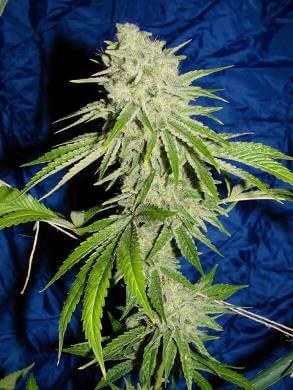
Even today, White Widow remains the "tool of the trade" for many seed banks and growers. Its ease and versatility when working with it together with its combinatory ability to hybridize are more than consolidated. They highlight its sexual stability (firmness in sex), its ability to significantly shorten the flowering times of its offspring, and that it is not an intrusive plant in terms of terpenes, allowing the aromas of the other parent of the hybrid to predominate. Only those more experienced users and knowledgeable about White genetics can tell if a variety has been hybridized with Widow by its appearance and its peculiar aftertaste since it is difficult to appreciate.
Origin of the White Widow marijuana
Behind the illustrious creature we are talking about today, and in order to dig a little into its possible origins, it is impossible to do so without mentioning and bringing to the fore Ingemar, Scott Blakey, and Arjan Roskam. Below you have the "truth" of each of these three iconic characters from the cannabis scene. The controversy is served:
Ingemar
Ingemar (De Sjamaan) has been a pioneer in many respects, a Dutch grower from the 80s with a passion for outdoor growing who worked hard acclimating plants to the harsh Dutch climate, even making his own organic fertilizers (what we now call Living Soil). His work in the open sky may explain why WW is a very resistant genetic in outdoor crops, especially to fungi. Ingemar was a strong medical marijuana activist and altruistically supplied cannabis during White Widow's breeding period. In an interview conducted for a German publication a few decades ago we can find some information. We summarize it for you:
To the forced question about W.W.'s genetics, Ingemar replied: "Well... that of course is a secret! I can tell you that it is from two seeds that were bred and stabilized for 6 years before being crossed and presented in 1987, The seeds with which WW was created came from a piece of charas."
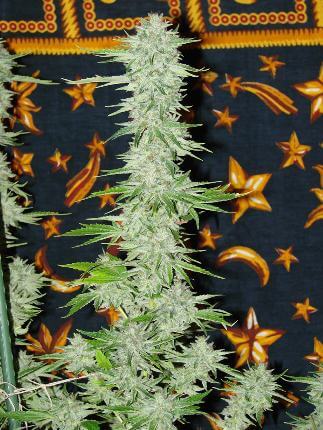
Regarding the origin of the seeds, the answer was that they came from friends or from trips: "At that time, due to Dutch permissiveness, cannabis cultivation was not a big problem, large-scale cultivation was allowed for seed production, it had fields in which I could plant thousands to be able to select the best. White Widow is the first plant of the white line (White Family), it produces so much resin that it is scary to smoke it. All I did was give dry product to a coffeeshop that presented it in different cannabis cups and she won. When I introduced Great White Shark she immediately won a cup too. Then I introduced the same weed under the name Peacemaker and she won a cup again..."
Ingemar affirms that the White Widow genetics from Green House Seeds is his creation, and that the parents are the same, "Yes, they are the same. Years ago I gave it to Arjan WW, he is the only one who has permission to use the plant and name."
Shantibaba
Scott Blakey, known to everyone in the scene as Shantibaba, is a famous and well-traveled cannabis breeder. Today he manages, among other companies, Mr.Nice Seed Bank and CBD Crew. Of Australian origin and son of a doctor in mathematics, already in the 80s with the help of his father, they installed an indoor crop in a garage (it seems that all successful companies always start in a garage...) experimenting with different varieties.
After some time, Blakey traveled some 40,000 miles in his Royal Enfield through Asia in the 80s, collecting seeds of local marijuana varieties in India, Pakistan, Afghanistan, Burma... In 1986 he also traveled through South America (Peru, Colombia, Ecuador, Bolivia, Chile, and Los Andes) for almost a year, expanding his genetic collection, which he shared with Neville Schoenmakers until approximately 1998.
Cannabis in the 80s, the Dutch revolution
Although legally speaking, the 1980s did not represent a great advance in terms of the cannabis situation, socially and in terms of the sector, things were moving forward at a good pace. Thanks to legislation that was more weed-friendly than that of the United States, Amsterdam emerged as the world capital of the plant and the birthplace of the first seed banks that we still know today. In this article, we take a look at this interesting decade.
After returning from one of his trips to India he landed in Holland. In the 1990s he started his career in Green House Seeds, where he became co-owner with Arjan Roskam (1994), working together with Ingemar and Neville to create WW. After one of his trips, he returned to Holland with some seeds found in Kerala, which were later used as parent to create WW; These seeds came from a farmer in the Indian region who had kept them for years (possibly a hybrid) to selectively improve her traits and increase her resin production. With these seeds and the Brazilian female, Shantibaba created the original Widow that he worked on until it was released by the Green House Seeds bank in 1994.
This project with Green House produced countless strains such as White Widow (Black Widow) and many more belonging to the White Family, such as Great White Shark (Shark Shock), El Niño (La Niña), or White Rhino (Medicine Man). Due to disagreements with Arjan, he decided to leave Green House and partner with Howard Marks and Neville to found Mr. Nice Seed Bank, where they would offer versions of those same Green House varieties (the names you've seen in brackets). We are sure, he did not leave the company empty-handed without copies of the mothers developed alongside Ingemar, Neville, and Arjan in their time at Green House Seeds.
Shantibaba's words: "I founded the Greenhouse Seed company in 1995 and won the HTCC with White Widow. I call it Black Widow now since I started at Mr Nice Seedbank. I know Ingemar and have worked with him in the past, he is not a breeder of cannabis, he is a good grower on mother earth. As far as I know, he never supplied seeds to anyone he knows, so I cannot comment on the seeds he sells, he never created his fame from seeds. Ingemar simply uses the name (in this case White Widow) as most people do..."
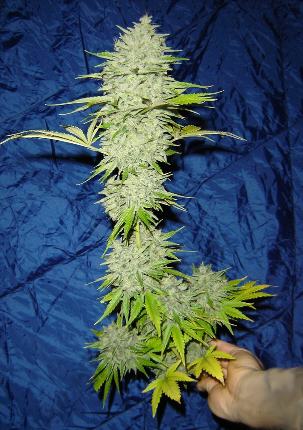
Arjan Roskam
Arjan Roskam (The King of Cannabis), is currently the owner of the Green House Company (Coffee Shops and seed bank) together with StrainHunters and Green House Feeding, a character with countless followers and detractors. He is a very active person today, and it is not difficult to follow his adventures and business through his social networks. His last great genetic contribution to the community, and a resounding sales success, was the acclaimed Super Lemon Haze.
According to Arjan: "Ingemar (De Sjamaan) invented WW as early as 1987. It was called Arnhem's Wonder and it already won the first HT cup in 1989. For those who don't believe this, call Coffeeshop Catweazel or Roger from the grow shop, they worked with Ingemar for Roger has always sold the clones he had, he had a famous grow shop in Nijmegen, I bought the male and female among other plants in 1992 and only crossed them in 1994. I didn't have to breed at that time because Ingemar already had done it for us. And to this day you can still buy original White Widow clones in that area of Holland."
Conclusions
Three decades later we still do not have a reliable version of the origin of one of the most iconic marijuana varieties in history, the White Widow. What is clear to us is that thanks to Ingemar, Shantibaba, Neville, and Arjan we know the White Widow and we have been able to enjoy it, and all of them have made it possible to a greater or lesser extent.
We do not want to end this blog entry without mentioning all those growers and hash artisans who are not taken into account in most cases and who were also part of this story. People who have kept, grown, and selected traditional local varieties for hundreds of years in their respective countries of origin. From our point of view, it would be impossible to enjoy the current varieties without them, as is the case of White Widow.
If you have information that can shed some light on this story, do not hesitate to pass it on through the comments, any opinion will also be welcome. Long live the White Widow!




